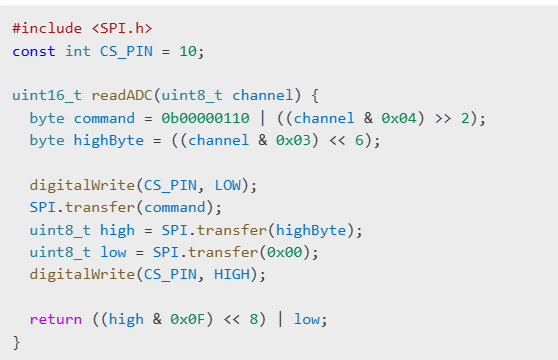
Arduino boards are widely used for analog-to-digital conversions in hobby and professional projects alike. While the built-in ADCs are sufficient for basic tasks, they often fall short in speed and resolution for more demanding applications such as high-quality audio sampling, real-time waveform analysis, or rapid sensor data acquisition. To truly push the boundaries of what’s possible with Arduino, developers must explore ways to optimize the onboard ADCs or incorporate external high-speed ADCs. This guide dives into techniques for improving ADC performance, highlights suitable external ADC modules, and explores advanced microcontroller options for achieving faster and more accurate analog signal sampling.
The ATmega328P microcontroller, which powers the majority of Arduino boards (such as the Uno and Nano), has a 10-bit SAR ADC with:
To speed up the sampling process: Modify the ADC prescaler (it is set to 128 by default):

Use the free running mode to sample continuously:

For fast processing, read ADC results in ISR (ADC_vect). At 8bit resolution, you can reach up to about 77 kSPS, although precision is decreased.
via I2C

Short SPI transfers and effective programming can help you reach speeds that are nearly 100 kSPS.
Data more quickly, but its accuracy is limited. Advanced processing and quicker sample rates are supported by these platforms.
In conclusion
Arduino can manage more complex analog applications than you might think, whether you modify the integrated ADC or use external high-speed converters. You can greatly increase your analog sampling capabilities for complex projects by being aware of the constraints and utilizing the appropriate methods and materials.
Indian Institute of Embedded Systems – IIES